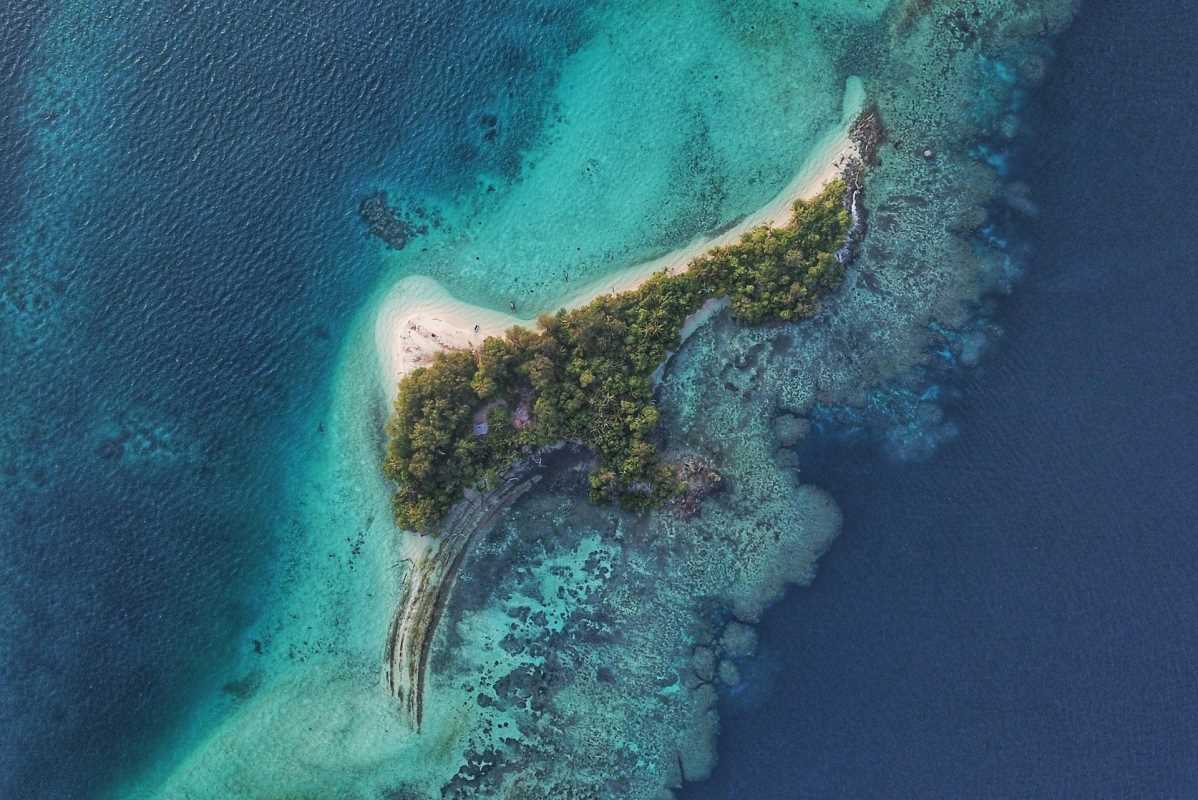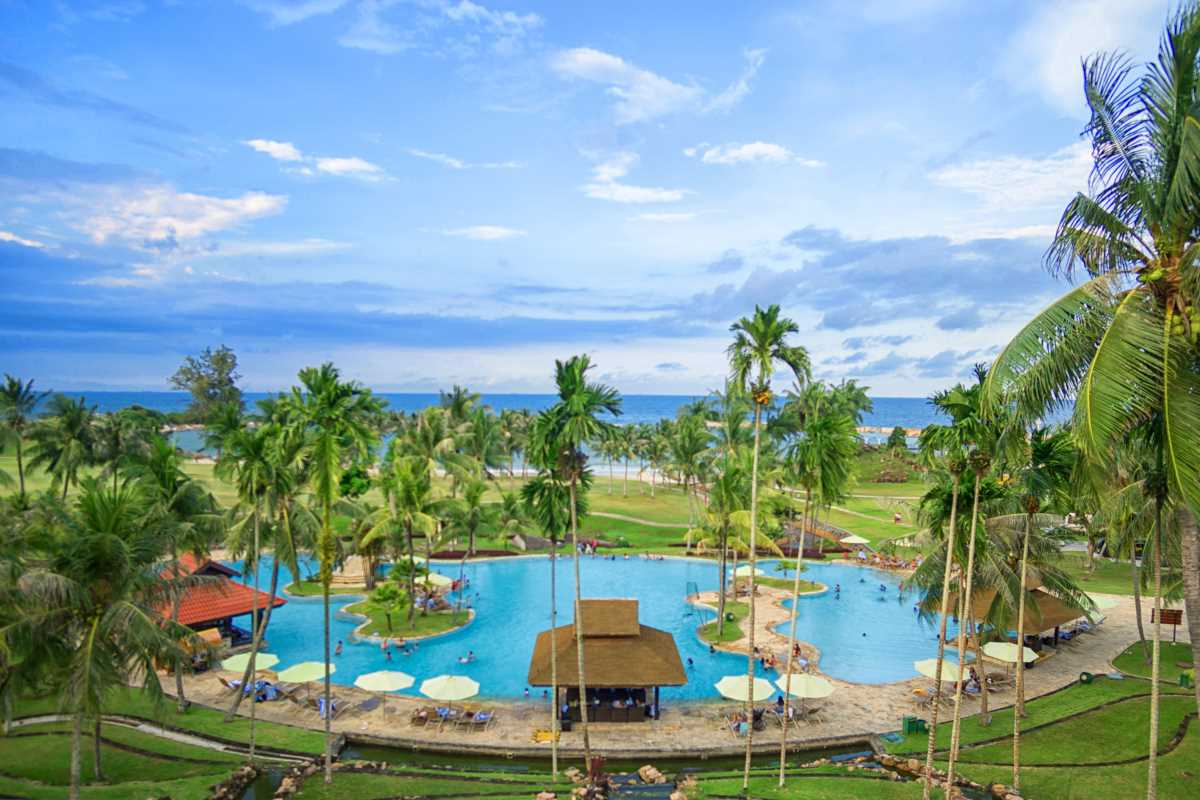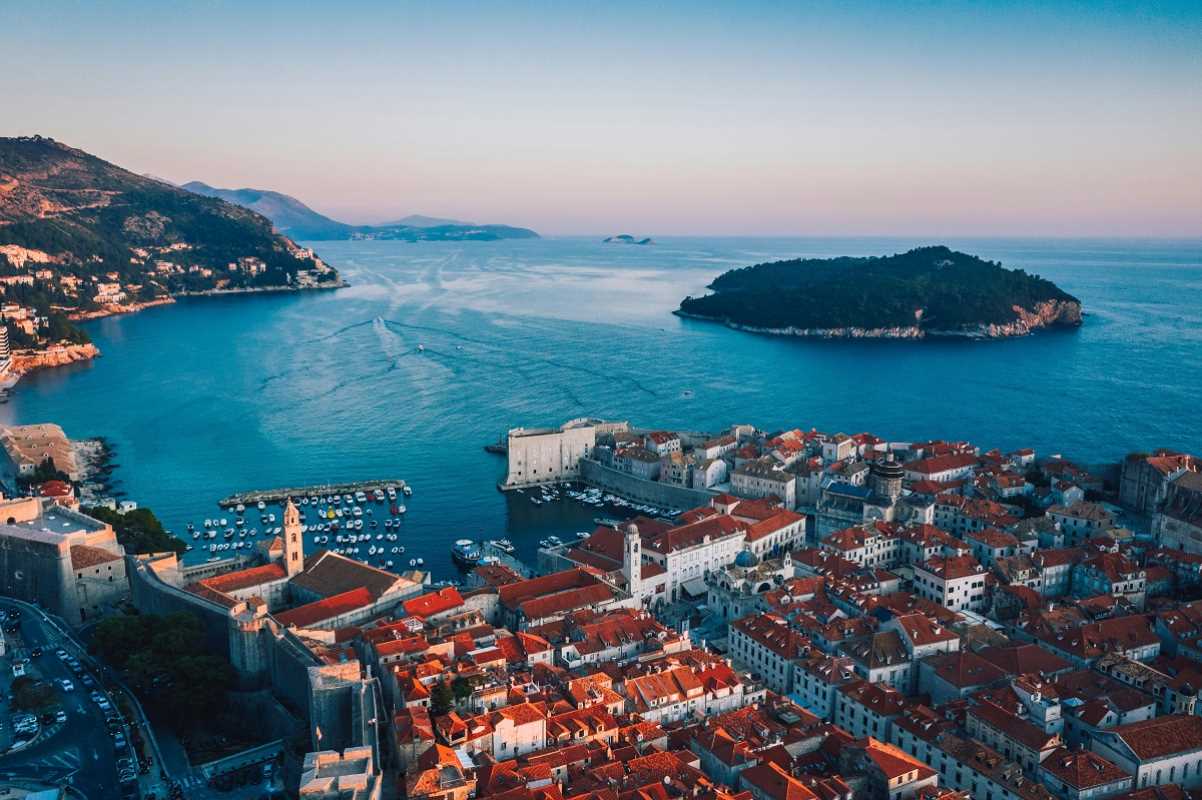The Pacific Ocean hosts some of the most breathtaking and secluded islands in the world. Beyond the popular tourist spots, hidden paradises await where pristine beaches, vibrant cultures, and untouched natural landscapes provide a unique escape from the everyday hustle. These remote islands attract adventurers and culture enthusiasts alike, promising experiences that go far beyond the typical travel itinerary.
The Hidden Gems of the Pacific
Exploring the Pacific’s remote islands reveals a collection of lesser-known destinations, each with its own charm and allure. Here are some of the standout islands that deserve more attention:
- Niue: Known as the world's largest coral island, Niue presents stunning underwater landscapes perfect for snorkeling and diving.
- Tuvalu: One of the smallest and least visited countries, Tuvalu showcases serene beaches and a peaceful way of life untouched by mass tourism.
- Taveuni: Often referred to as the "Garden Island" of Fiji, Taveuni thrives with rainforests, waterfalls, and diverse wildlife.
- Tokelau: A remote group of atolls, Tokelau offers a glimpse into traditional Polynesian culture and pristine marine environments.
- Vava’u: This island group in Tonga is famous for its sailing, whale watching, and vibrant coral reefs.
Cultural Richness and Traditions
The remote islands of the Pacific offer not just stunning landscapes; they also boast rich cultural heritage and traditions. Each island has its unique practices preserved through generations, allowing visitors to immerse themselves in local life.
The local culture often includes traditional dances, music, and festivals that showcase the history and values of the community. For instance, the annual Heiva festival in Tahiti celebrates Polynesian arts and sports, bringing together locals and visitors in vibrant festivities. Many islands also maintain traditional crafts such as weaving, carving, and tattooing, allowing travelers to appreciate the artistic skills passed down through generations.
Travel Tips for Adventurers
- Plan Ahead: Remote islands may have limited transportation options. Booking flights and accommodations well in advance proves crucial.
- Pack Smart: Bring essentials such as sunscreen, insect repellent, and any necessary medications, as local supplies might be scarce.
- Respect Local Customs: Understanding and adhering to local traditions and etiquette ensures a positive experience for both visitors and residents.
- Embrace Eco-Friendly Practices: Many of these islands have fragile ecosystems. Use reusable water bottles, minimize plastic use, and follow guidelines for waste disposal.
- Stay Connected: While the allure of remote islands lies in their isolation, having a way to communicate in case of emergencies remains important.
Experiencing Nature's Wonders
The natural beauty of the Pacific’s remote islands stands unparalleled. From crystal-clear waters and vibrant coral reefs to dense rainforests and dramatic volcanic landscapes, these islands offer a diverse range of natural attractions.
Wildlife enthusiasts can encounter unique species such as the colorful Pacific reef heron or the elusive harbor seal. The coral reefs teem with marine life, making them ideal for snorkeling and diving adventures. On land, hiking trails lead through lush forests, past cascading waterfalls, and up challenging peaks that offer panoramic views of the ocean. Activities like kayaking, bird watching, and scuba diving allow visitors to connect deeply with the environment and appreciate the untouched beauty of these remote locales.
Beyond the Beaten Path
Traveling to remote islands means venturing off the traditional tourist routes and experiencing a more authentic side of the Pacific. This type of travel often requires a sense of adventure and a willingness to embrace the unknown.
Traveling beyond the beaten path brings numerous rewards. It creates a deeper connection with the local community, provides opportunities to participate in traditional activities, and allows for witnessing untouched natural environments. This approach also promotes sustainable tourism practices that help preserve these pristine destinations for future generations. By stepping away from crowded resorts and well-trodden paths, travelers can enjoy a more peaceful and meaningful experience, uncovering the true essence of the Pacific’s hidden treasures.
Personal Stories from the Islands
Many travelers who have ventured to these remote islands share unforgettable experiences that highlight the unique appeal of these destinations. For example, one visitor to *Niue* recalls waking up to the sound of waves gently lapping against the shore and spending the day exploring underwater caves teeming with vibrant marine life. Another traveler in *Tuvalu* speaks of the warmth and hospitality of the local people, who welcomed her into their homes and shared stories of their ancestors.
These personal stories illustrate the transformative nature of visiting remote islands. They often describe a sense of peace and connection that comes from being in such unspoiled environments and engaging with cultures that have remained largely unchanged by modern influences. These narratives inspire others to seek out similar adventures, creating a community of travelers who value exploration, cultural exchange, and environmental stewardship.
Accommodations and Amenities
While remote islands may lack the extensive infrastructure found in more tourist-heavy areas, many provide a range of accommodations to suit different preferences and budgets. From eco-lodges and boutique hotels to beachfront bungalows and guesthouses, travelers can find comfortable places to stay that blend seamlessly with the natural surroundings.
Some islands also provide unique lodging experiences such as overwater bungalows, treehouse villas, or traditional thatched huts. These accommodations often emphasize sustainability, using renewable energy sources and locally sourced materials. Travelers can enjoy modern amenities while still experiencing the authentic charm of island life.
Connectivity and Accessibility
Accessing remote islands can sometimes pose challenges due to limited transportation options. Many remain reachable only by small aircraft or boat, and flights may be infrequent. Researching and planning transportation logistics carefully ensures a smooth journey.
Despite the challenges, advancements in travel infrastructure have made some remote islands more accessible than ever. Seaports and regional airports have expanded, and some islands now offer regular ferry services or charter flights from major hubs. Travel agencies specializing in remote destinations can assist in arranging transportation and accommodations, making it easier for adventurers to reach even the most secluded paradises.
Health and Safety Considerations
When traveling to remote islands, prioritizing health and safety is essential. Medical facilities may be limited, so carrying a well-stocked first aid kit and any necessary prescription medications proves advisable. Travelers should also be aware of local health advisories and take precautions against common tropical illnesses such as malaria and dengue fever.
Safety regarding natural hazards remains important. Understanding the local climate, seasonal weather patterns, and potential natural disasters like cyclones or volcanic activity can help prepare for and mitigate risks. Practicing responsible outdoor activities and respecting wildlife habitats contribute to a safe and enjoyable travel experience.
Food and Cuisine
The culinary offerings on remote Pacific islands are as diverse and vibrant as their cultures. Fresh seafood serves as a staple, often served with local vegetables and tropical fruits. Traditional dishes may include items like poi, a taro-based delicacy, or laplap, a baked cassava dish common in the Cook Islands.
Many islands showcase unique culinary traditions influenced by their indigenous cultures and historical interactions with other Pacific and Asian nations. Visitors can enjoy meals prepared with fresh, local ingredients, offering a taste of authentic island flavors. Participating in local food festivals or cooking classes can provide deeper insights into the region’s gastronomic heritage.
Exploring the remote islands of the Pacific Ocean offers a journey filled with discovery, adventure, and meaningful connections. From hidden paradises and rich cultural traditions to practical travel tips and stunning natural wonders, these destinations provide a unique and unforgettable travel experience.







